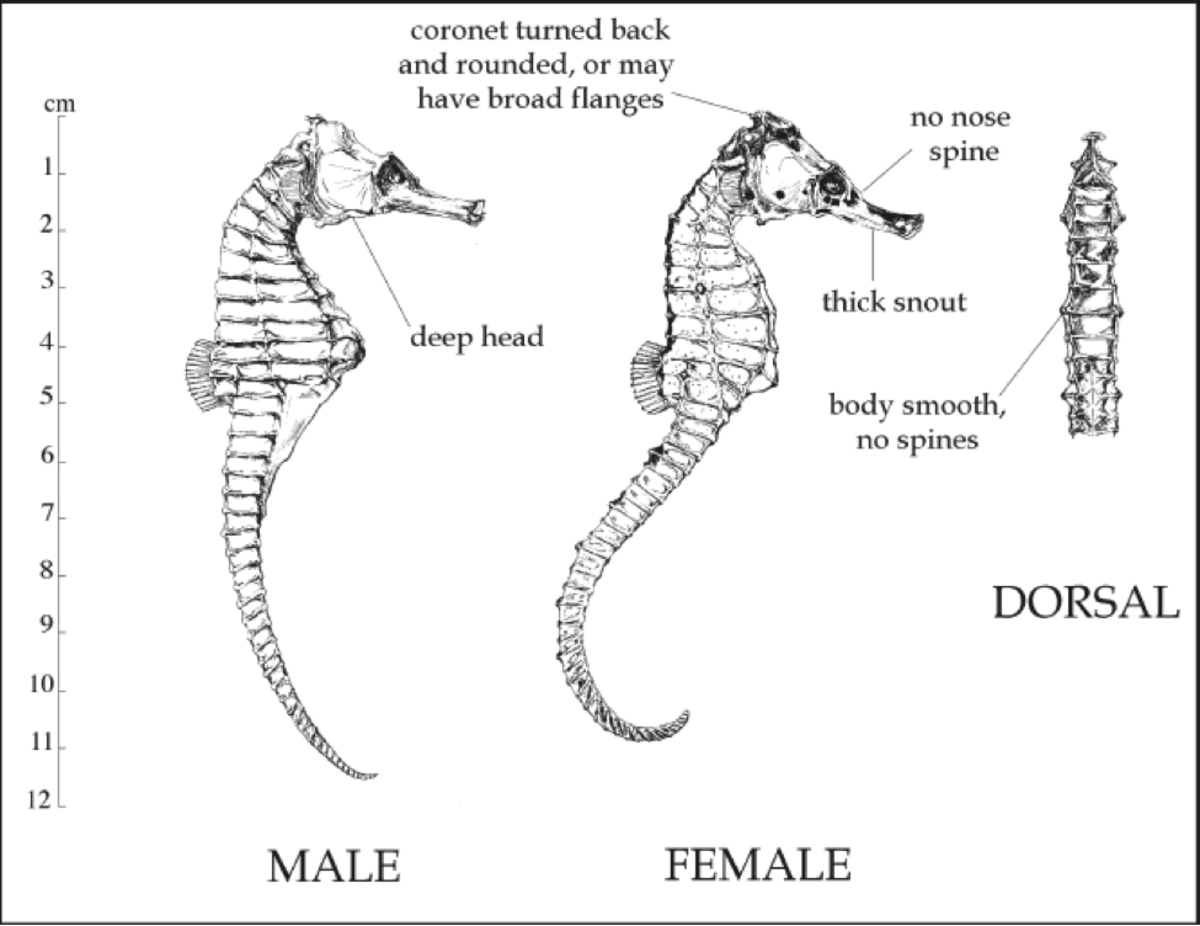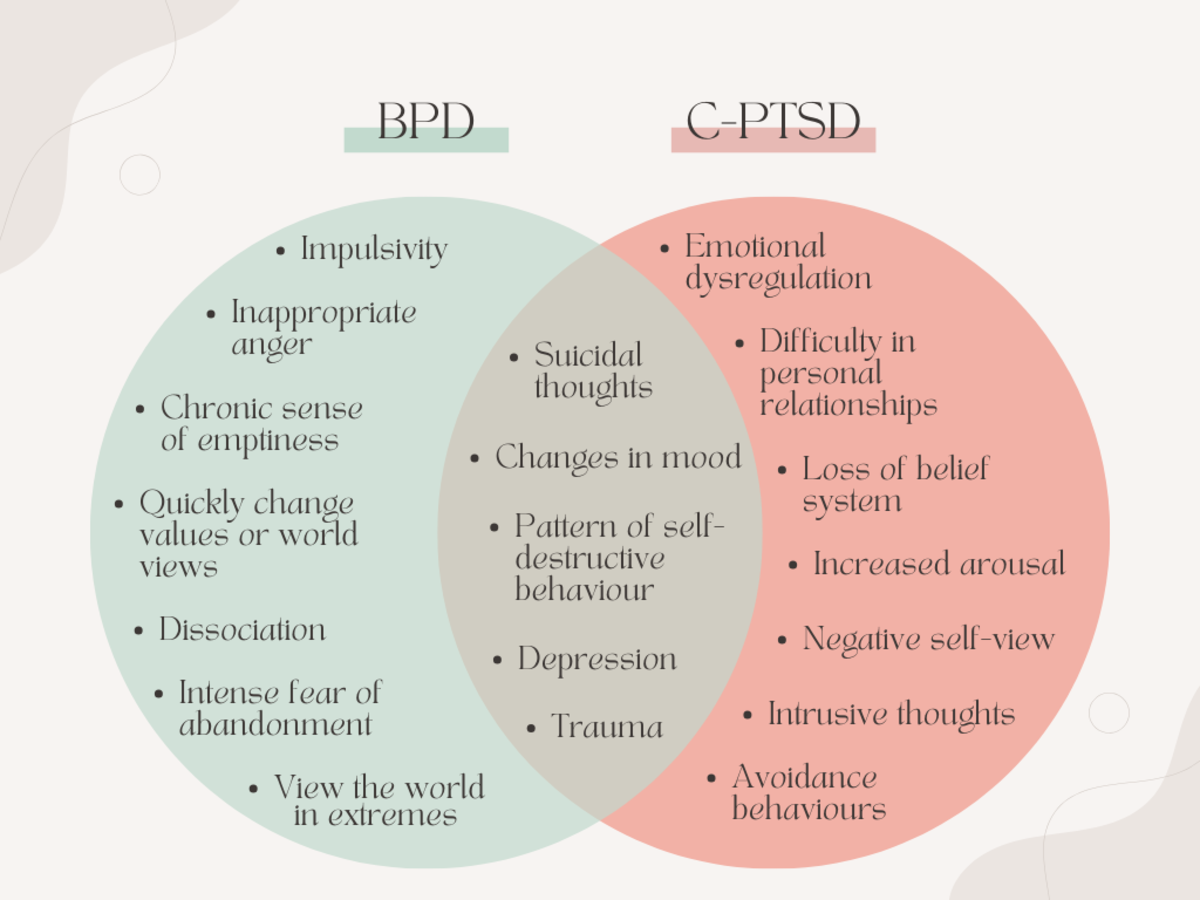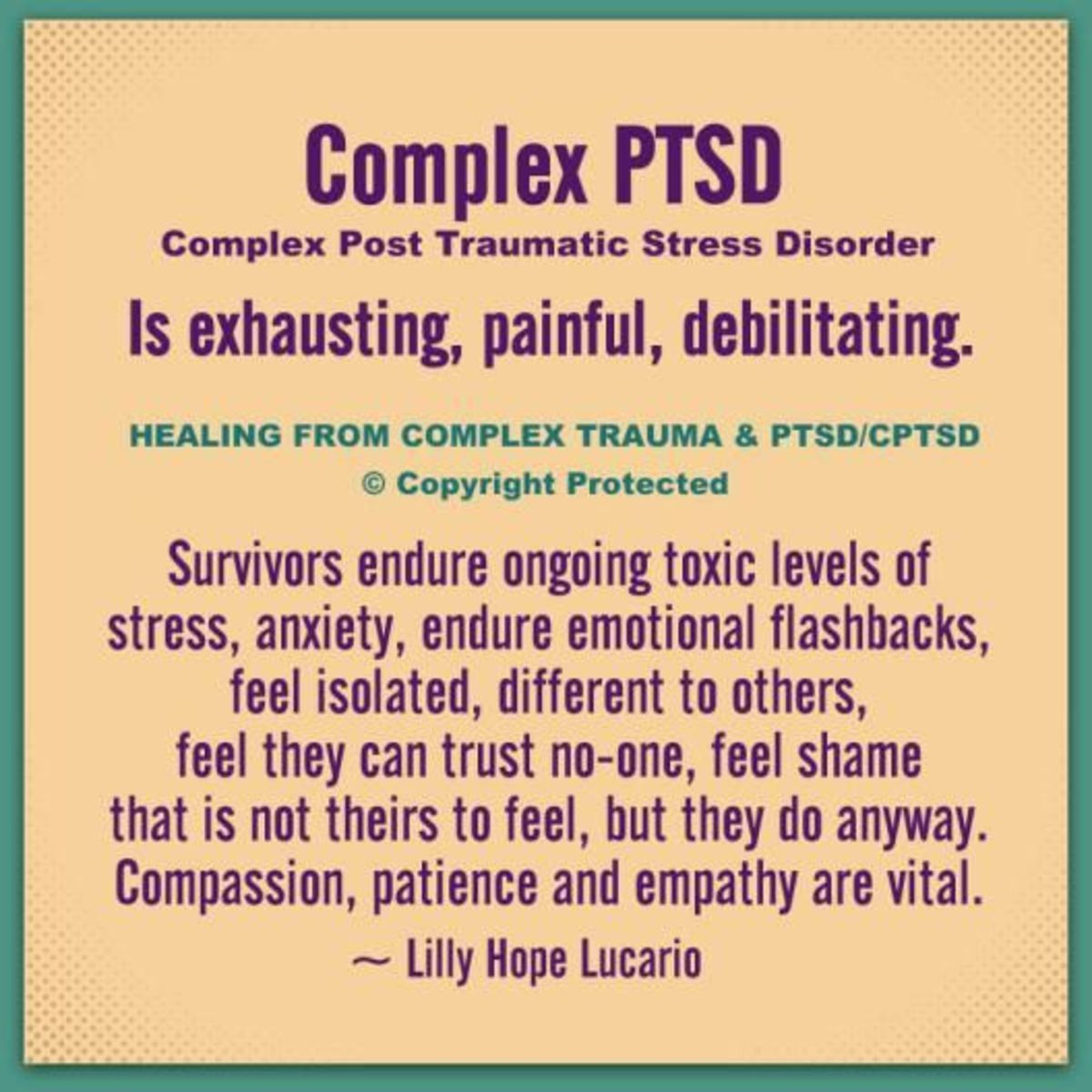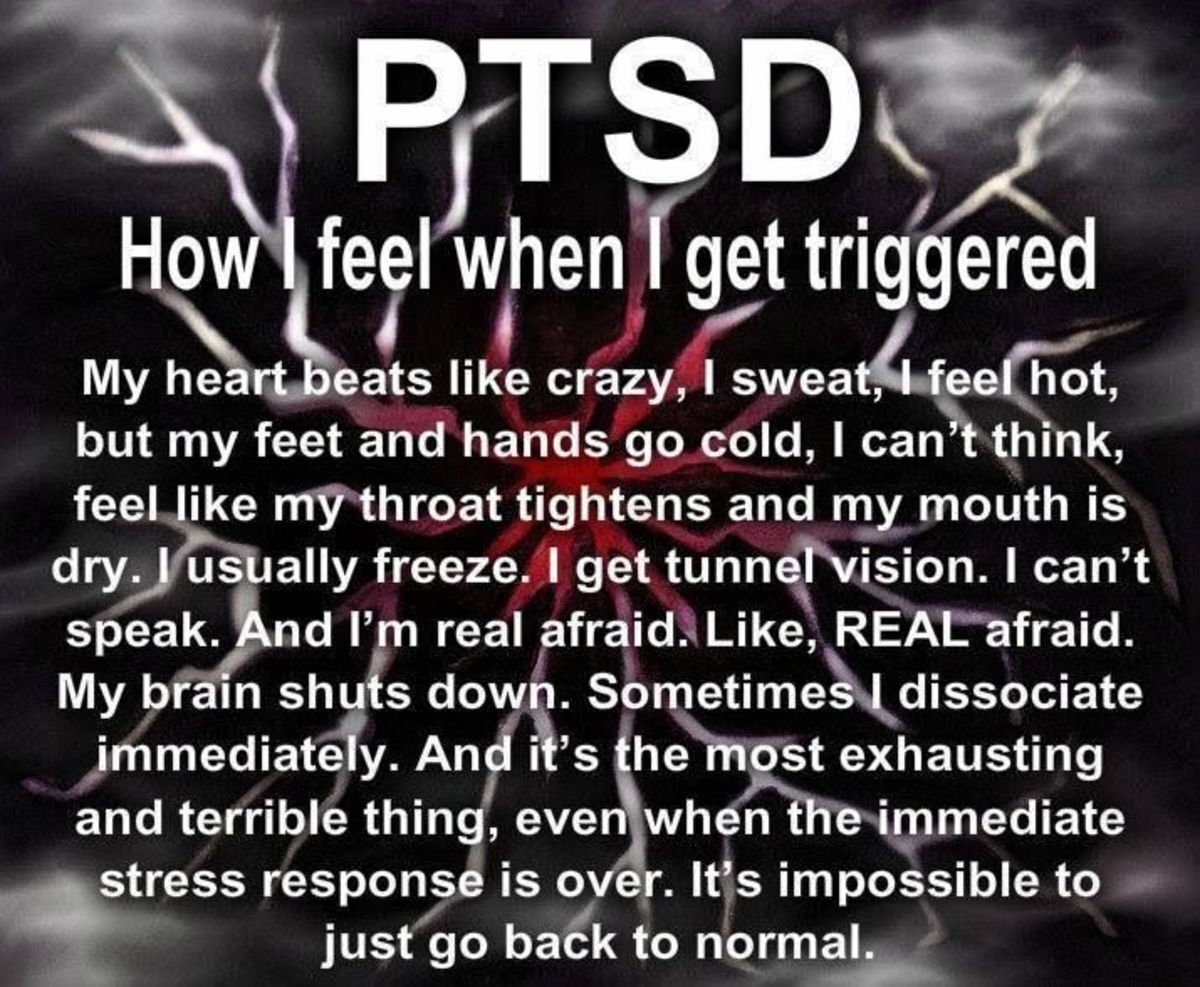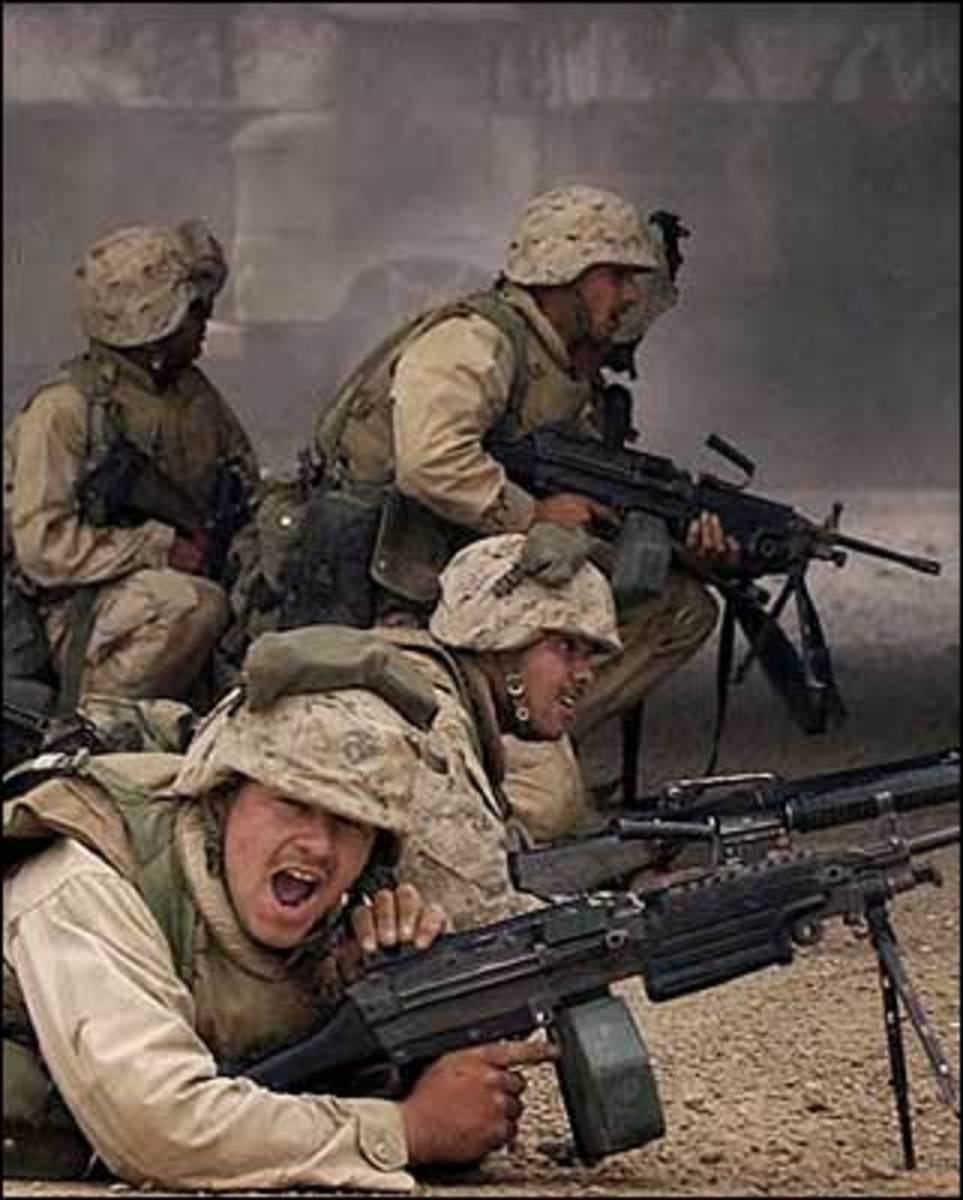- HubPages»
- Health»
- Mental Health»
- Anxiety Disorders
Combat Related Post-Traumatic Stress Disorder (PTSD)
Soldiers in Action

What is PTSD
Combat related Post-traumatic Stress Disorder [PTSD] is common among persons returning home from the brutality of war (Monson et al, 2008). PTSD is a mental health condition resulting in impaired occupational and social function (APA, 2014) and a general low quality of life (Blount et al, 2014). The main known cause of PTSD is the experience of a brutal traumatizing event or series of events that remain deeply etched in the mind of an individual (Blount et al, 2014).
However, the stress they undergo affects immediate members of their family who have to share in their lives daily. It is therefore important to included members of their family in the PTSD treatment they undergo since the family members are not only dramatically affected by their stress, but are also instrumental in aiding their recovery (Sherman et al, 2005). Since such individuals may be many however, one practical approach is to include their partners, rather than the whole family, in the treatment process. This ensures that their mental health professionals have numbers they can manage (Sherman et al, 2005).
This is a case study on one such treatment that was conducted on a young American couple, Johnny and Nessie [not their real names]. The husband was a military serviceman recently returned from the war in Iraq. They were still a young couple in their twenties, but their loving relationship had been adversely affected after Johnny’s one six-month stint in the war. It is hoped that this case study will help shed some light into what is involved in couple treatment of PTSD.
A PTSD Affected Couple
Johnny and Nessie had been married for less than six months when Johnny was enlisted to join the war in Iraq. Before that he had been an easygoing and friendly bank teller. His wife had just finished college and was still job seeking. It is Johnny who approached his bank to employ her while he was away in Iraq and the bank accepted. The rationale for the employment was that Nessie was already expecting a baby and Johnny was realistic enough to state that he may even die in Iraq, and so she would need the job to take care of their expected baby. Significantly, in the six months they had stayed together, the couple had been highly intimate and friends always joked that they wished they could rediscover the same level of love as the two,
Johnny was brought up in a close knit family with suburban parents and four siblings all of who proceeded to clear college. He had no history of extreme mood swings, withdrawal, migraines or violent behavior. Nessie too was from a middleclass family of two children with both parents being attorneys. She had a kid brother with whom they remained pretty close even after her marriage. She too had not exhibited any outbursts before Johnny left for Iraq.
Early Symptoms of PTSD in Johnny
On his return from Iraq Johnny was a dramatically different person. He regularly exhibited symptoms that were highly indicative of PTSD. One such symptom was experiential avoidance. Experiential avoidance is the frequent effort by an individual to alter the frequency and experience of distressing internal events including thoughts, feelings, memories or bodily sensations (Erbes et al, 2008).
This kind of avoidance manifests itself in various ways such as keeping a physical and social distance from other people, avoiding intimacy, engaging in excessive productive work or even unproductive work such as video games. In some cases it results in substance abuse and total dissociation (Erbes et al, 2008).
In Johnny’s case, he started lapsing into deep thoughts and suddenly jerking out of them, even in the course of a conversation with his wife and other close friends, which is one common symptom of experiential avoidance (Erbes et al, 2008). He avoided social events, seemed to have lost intimacy with Nessie and the latter complained that he was mechanical in bed. All these are commonly observed symptoms (Erbes et al, 2008). Any time she confronted him over something, he would avoid eye contact and try to move away from her. This made her to react angrily which further complicated the situation, leading him to shout at her or withdraw into himself.
He also lost taste for social events such as parties and did not visit his friends any more. He developed a heavy appetite for movies going late into the night, but avoided those that involved combat scenes such as shootouts or punch-ups. Whenever, such scenes appeared, he would swiftly change the channel which puzzled Nessie, whenever she stayed up late with him, since those had previously been his favorite scenes. He was clearly avoiding stressful thoughts and events which is what experiential avoidance is all about (Erbes et al, 2008).
Johnny developed another problem of being moody for long periods of time and having uncontrolled outbursts of anger when he talked to Nessie. Nessie complained that at times she was afraid he was going to hit her. Any attempts by her to comfort him during such outbursts only met with more anger or total indifference. Hyper-arousal tendencies including high irritability and outburst of anger are another common aspect of PTSD (Basham, 2012; Erbes et al, 2008).Though Johnny himself had never become physical with her, many persons suffering from post traumatic stress disorders are known to accompany such outbursts with physical outbreaks of violence (Basham, 2012; Erbes et al, 2008).
Such behavior occurs as a traumatic stress response triggered by stimuli associated with the cause of the original trauma stored in the iconic memory of the person (Basham, 2012). In other words Nessie or any other person may have on occasion inadvertently said or done something that triggered Johnny’s aggressive reaction. However, in many cases it can also be something else such as a sound, sight or internal thought that triggers such an aggressive reaction (Basham, 2012).
Ultimately the frequency of these outbursts and mood swings made Nessie feel endangered with her four month old son. So she parked and left with the child to rejoin her parents with the message that she would only rejoin Johnny if he sought professional help for his condition. Indeed, it is not uncommon for ex-war veterans to be abandoned by their spouses in this manner; cases of divorce are also very frequent among such families (Monson et al, 2008).
Ex-soldiers and veterans suffering from PTSD have been documented to experience a wider variety of relationship problems and to have a higher likelihood of divorce than other couples (Monson et al, 2008). This is because of the dual problems of emotional numbing and hyper-arousal which result in disaffection and frequent outbursts of violence respectively (Monson et al, 2008). Since there was no option left for Johnny, he decided to seek professional assistance as a last ditch effort to save his marriage.
The PTSD Treatment
When he first approached a psychiatrist at a local military health facility, Johnny thought it was a simple matter of attending the treatment sessions by himself. However, the psychiatrist advised him to bring Nessie with him so that he would undergo a more comprehensive treatment process. The rationale for including the partner in such treatment sessions is that the person who shares intimate moments with the client is the most likely to be impacted negatively by his condition (Sherman et al, 2005). The approach of treating patients together with their spouses had gained tendency and popularity among psychiatrists due to its effectiveness in recent times. It is known in psychology as Cognitive-Behavioral Conjoint Therapy [CBCT] (Blount et al, 2014).
Moreover, it is the intimate partner who can give more insights into the behavior of patient, having lived closely with and observed him, thus helping him to understand the full impact of his actions (Blount et al, 2014). Furthermore, the partner may provided the necessary emotional and moral support to enable him go through with the recovery process (Sherman et al, 2005) To his pleasant surprise, Nessie readily agreed to attend, stating that her sole objective was for him to get a full recovery so that they would resume their normal married life.
Several studies among veterans reveal that PTSD is a primary cause of family problems and general family breakdowns (Blount et al, 2014). This association of PTSD with family issues led to the formulation of the Cognitive-Behavioral Conjoint Therapy [CBCT] for persons with PTSD (Blount et al, 2014). This was found to be a means that would effectively treat PTSD while at the same time enhancing family functioning (Blount et al, 2014).
The relationship between family dysfunction and PTSD is that, the dysfunction causes stress that in turn exacerbates PTSD levels (Sautter et al, 2011). In formulating the treatment for Johnny and Nessie therefore, one major consideration was that recent studies showed that social support by family members in the treatment of PTSD, results in more positive mental outcomes (Sautter et al, 2011).
Goals of the Treatment
The set objectives of the first phase of treatment were 5 in number. First, Johnny had to identify ways of balancing his emotions. The second was to identify methods of anger management and grounding skills. Thirdly, it was to recognize triggers and responses of his hyper arousal and outbursts. Four, was to identify events that regularly recurred in his mind causing his moods and frequent withdrawal. Finally, it was to expand his social support to other family members including his parents. These are some of the important steps highlighted in the DSM 5 (Sautter et al, 2011).
Johnny and Nessie diligently attended the set sessions for a duration of three months before Johnny visibly started to open up. His narrations of the trauma he had undergone were both difficult and painful, and in some cases Nessie had to hold his hand and encourage him to talk more about them. Typically, his narrations were about 2 mortar attacks in which he had nearly lost his life and in which one close colleague died and 2 others were seriously injured.
He also talked of the brutality of Iraqi soldiers fighting alongside them who had, killed and raped in abandon, and some of their victims included a 14 year old girl who was gang raped together with her mother and after watching their father brutally murdered. The two were subsequently killed as well. This scene particularly disturbed him as he continued to refer back to it frequently, stating how the girl screamed before she died.
He identified the triggers of these particular events as the screaming of his own baby and the crying of his wife. These were reminders of the mother and child scenario, which helped to trigger his uncontrolled responses (Sautter et al, 2011). He knew he had to balance his emotions, but it emerged during the sessions that attempting not to think about the traumatic events was not helping. One suggestion by Nessie was that he talks about them to her whenever they came to his mind, this was unanimously accepted.
It was quite clear that the most recurrent events were the twin mortar attacks and the rape/murder ordeal. However, the most difficult part was to convince him to widen the support circle to include his parents and siblings. His main problem was that he did not whish to share some of the experiences with them since he could not predict how they would react, especially his mother who had a mild heart condition. This was eventually left out as it was likely to cause more harm than good according to him. It is not the aim of any therapists to create conditions that may later result in more problems while attempting to solve the currently existing ones (Monson et al, 2008).
As a means of anger management, he was administered with a mild dose of propranolol tablets, though these would have no effect on his social withdrawal behavior. It is rare that therapists administer drugs to manage anger situations; this was considered a viable option; especially since it could help him in reestablishing self- control (Blount et al, 2014).
Nessie’s main concern was his anger outburst which would most likely lead to physical violence one day. The drug was therefore considered useful in helping boost her confidence, even as it helped Johnny to control himself. In some cases placebos are used under such circumstances (Blount et al, 2014) but in Johnny’s case, an actually potent drug was adjudged to be more useful.
Clearly it was the aim of the therapy process to ensure that Johnny attained the level of stability that would enable him to live peacefully with his family once they reunited. The therapist therefore shared Nessie’s concern that there was every likelihood his prolonged stress would one day burst into physical violence (Blount et al, 2014). Johnny himself repeatedly stated that he would never raise a hand against his wife. However, such promises are typical for someone who still feels affection towards his spouse. On the contrary, since the PTSD condition is a mental one, there is no ruling out that the patient may one day lose his cool (Blount et al, 2014).
The Results
The results in Johnny’s case were dramatic. After attending the sessions for six months his overall improvement outcomes were very positive. This was attributed to the fact that he had been exposed to war for a relatively short duration of six months and had experienced only a few severely traumatizing scenarios. He level of PTSD could therefore be described as moderate rather than severe (Sautter et al, 2011). Secondly, he had a very stable mental background as a son in a loving family and thus all the really traumatizing events were very recent, this aids some victims in the recovery process (Sherman et al, 2005).
Conclusion
Johnny clearly suffered from PTSD event though it was of a mild variety. Milder cases of the condition are easier for therapists to deal with than severe conditions (Basham, 2012); this was clearly the case where Johnny was concerned. The support and encouragement he received from his wife during the treatment process was very useful in aiding his recovery.
It is not usual that drugs such as propranolol are administered to patients since they deal with arousal but are no useful in matters of depression. However, in Johnny’s case the drug administered was a great help in managing his outbursts and thus proved to be a useful tool. Though the couple had not reunited six months into therapy, all indicators were that they would be back together by the end of the year. Couple therapy had therefore proved effective in Johnny’s case and may thus work for others as well.



